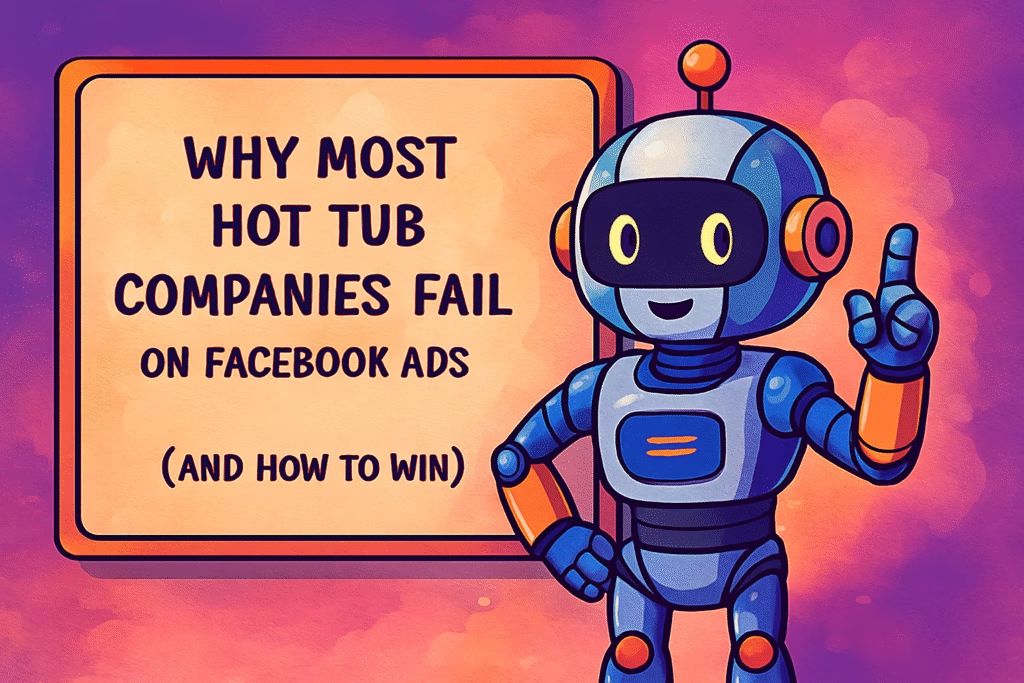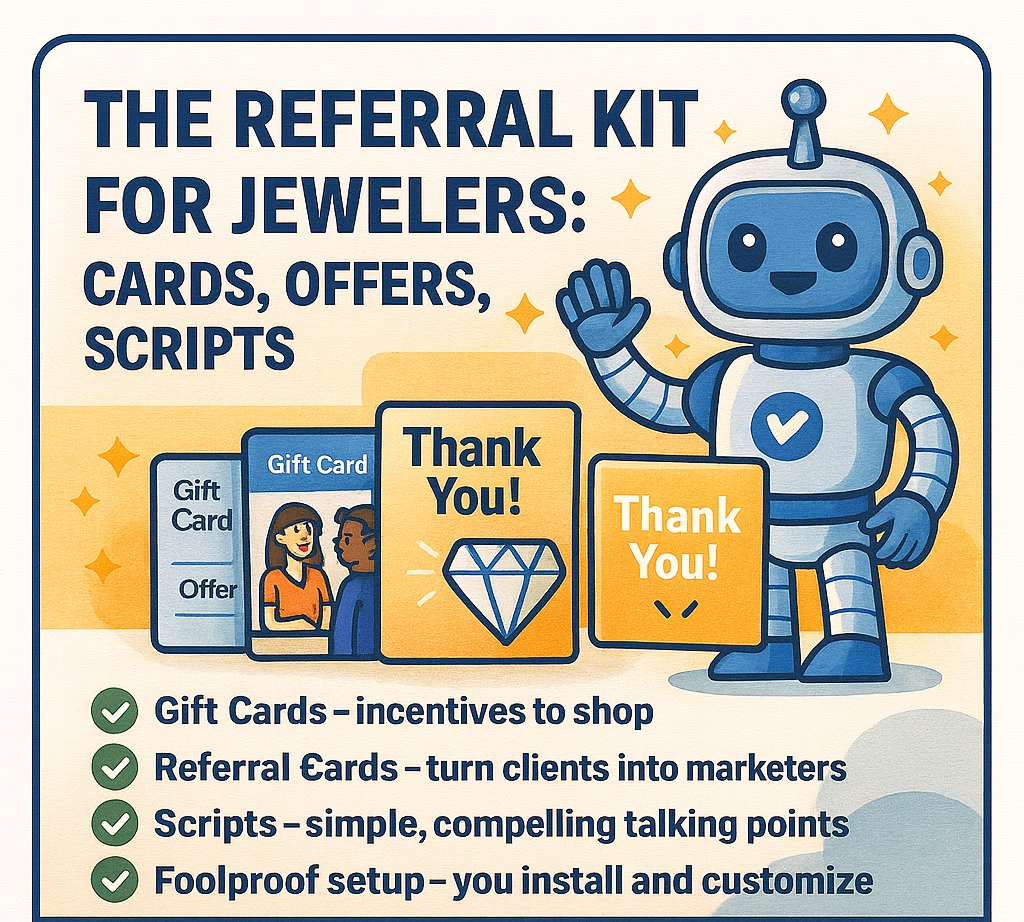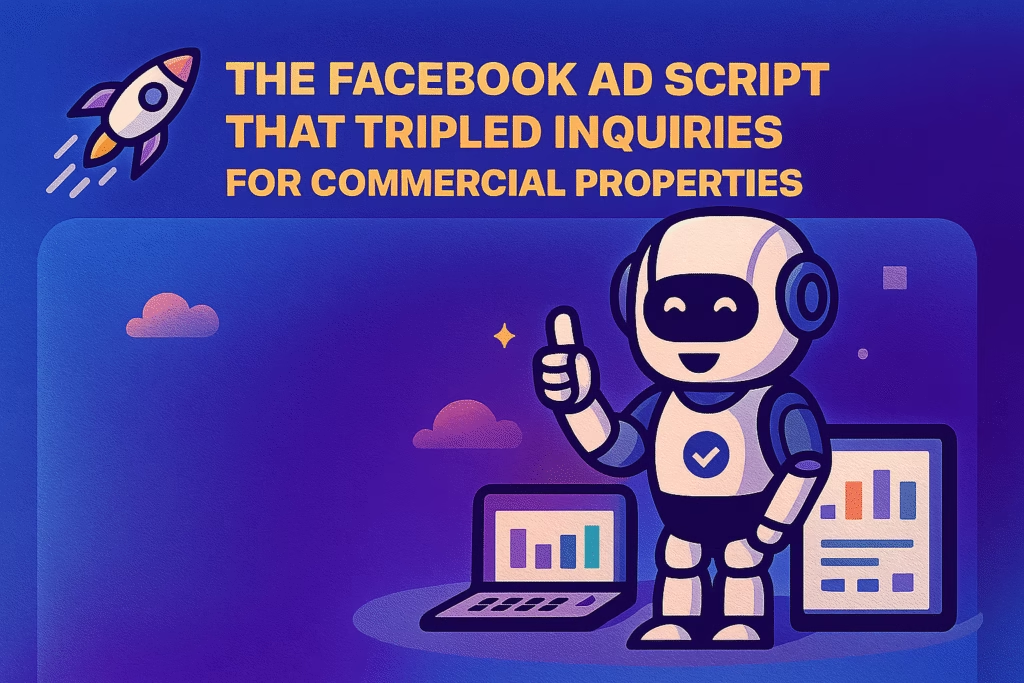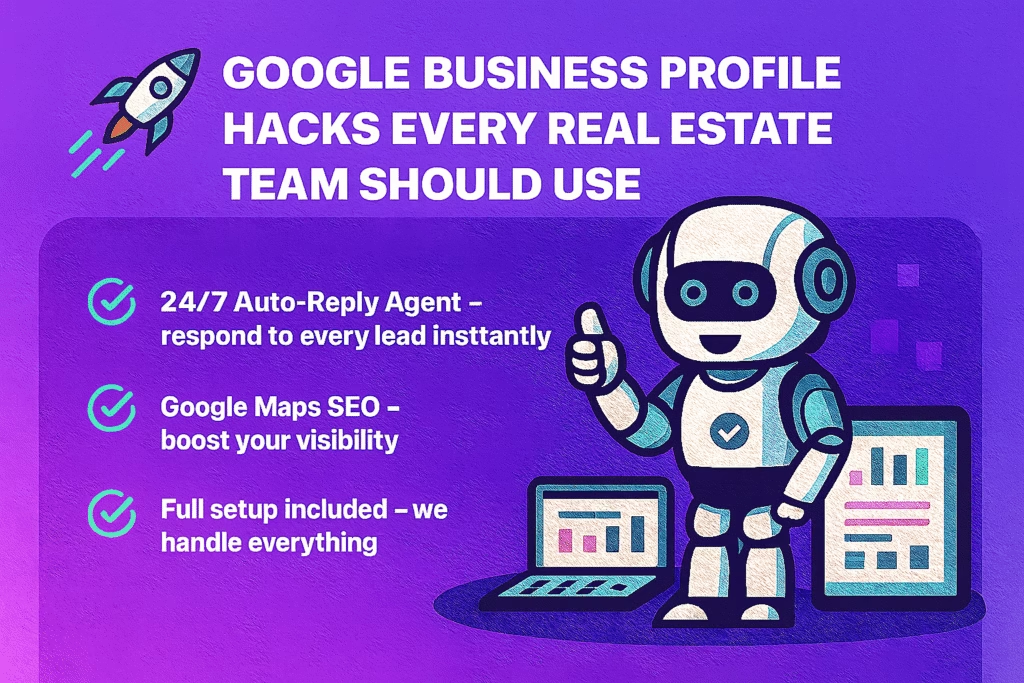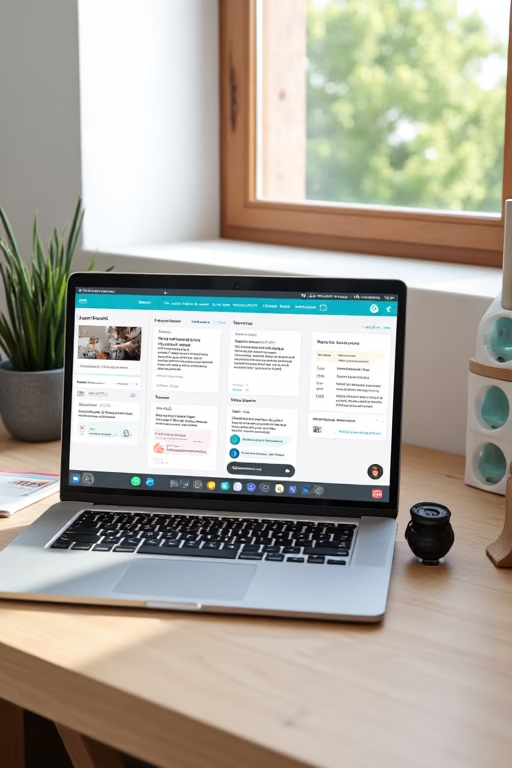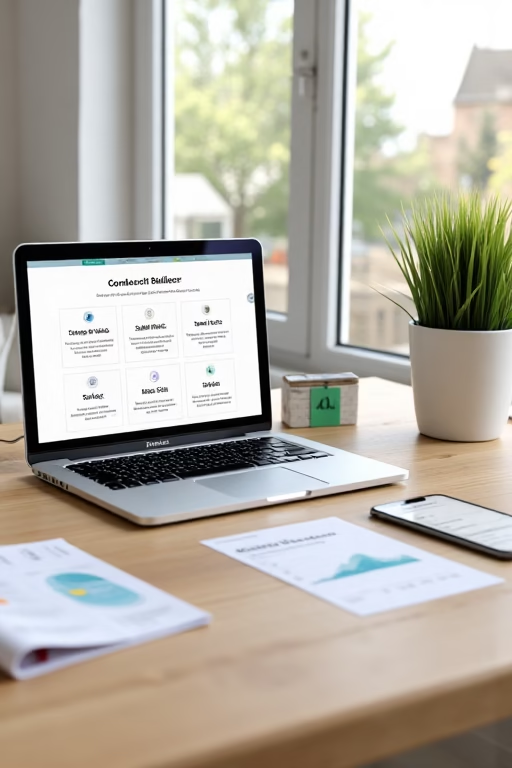TikTok Ideas That Drive Calls for Carport Installs
TikTok Ideas That Drive Calls for Carport Installs
Short videos. Clear specs. Local proof. This playbook turns scrollers into booked site checks for metal carports and garages.
Introduction
TikTok Ideas That Drive Calls for Carport Installs starts with one promise: show real work and real outcomes, then make it effortless to book a site check. Use the frameworks below to publish today without guesswork.
Compliance: Follow platform community guidelines; wear PPE; don’t show home addresses; keep pricing, permits, and engineering claims factual; invite viewers to confirm local code/HOA. This is practical guidance—not legal advice.
Expanded Table of Contents
- 1) Why “TikTok Ideas That Drive Calls for Carport Installs” Works
- 2) Audience & Offer Map (Homeowners • Fleet • Farm/Ranch)
- 3) The TIKTOK Framework (Tease → Install → Know‑How → Trust → Offer → Kickoff)
- 4) 12 Hook Lines That Stop the Scroll
- 5) 15 High‑Converting Shot Ideas
- 6) On‑Screen Text & Caption Formulas
- 7) Posting Cadence, Batching & Timing
- 8) Local SEO on TikTok: City Tags, Maps & GBP Links
- 9) Lead Magnets & CTAs (Two‑Slot Site Check)
- 10) Comment Replies & DM Scripts that Convert
- 11) Weekly Live Stream Outline
- 12) UGC & Referral Clips
- 13) Safety, Code & Ethics On‑Camera
- 14) KPIs, UTMs & Tracking
- 15) 30–60–90 Day Rollout Plan
- 16) Troubleshooting & Optimization
- 17) 25 Frequently Asked Questions
- 18) 25 Extra Keywords
1) Why “TikTok Ideas That Drive Calls for Carport Installs” Works
- Outcome first: Protect trucks, shade boats, add covered work space—say the benefit before the specs.
- Spec clarity: Width × length × height, roof style, gauge, anchors—publish the facts to win serious buyers.
- Local proof: City tags and install‑day footage beat stock videos every time.
2) Audience & Offer Map (Homeowners • Fleet • Farm/Ranch)
| Segment | Pain | Video Angle | Offer |
|---|---|---|---|
| Homeowners | Hail, sun, HOA | Before→after driveway shade | Two‑slot site check + HOA tips PDF |
| Fleet/Trades | Tool rust, theft | Security lights + side panels | After‑hours install window |
| Farm/Ranch | Feed/equipment weather | High‑wind anchors & height | Bulk/extended bays pricing range |
3) The TIKTOK Framework (Tease → Install → Know‑How → Trust → Offer → Kickoff)
| Step | What to Show | Example |
|---|---|---|
| Tease | Outcome headline | “Hail‑safe truck cover in 3 hours.” |
| Install | Frame time‑lapse | Rafters + anchors going in |
| Know‑How | One tip | “18×21 fits most driveways—measure pad first.” |
| Trust | Proof | Snow/wind brace close‑up + city tag |
| Offer | Two slots | “I can hold Thu 4:30 or Fri 10:00.” |
| Kickoff | Next step | “DM ZIP + pad type; link in bio.” |
4) 12 Hook Lines That Stop the Scroll
Beat hail season • 18×21 • 12‑ga posts — Springfield install today
Shade your boat • 22×26 • vertical roof — quick walkthrough
Fleet tools stay dry • 20×31 • side panels — night install window
Snow‑load upgrade • 24×30 • braces shown — ask for spec sheet
Compact driveway • 12×21 • 110" leg height — HOA friendly look
Farm loader cover • 24×36 • open gable — delivery to {County}
5) 15 High‑Converting Shot Ideas
- Before→after driveway shade (same angle).
- Anchor install close‑up (explain why it matters).
- Frame time‑lapse from tripod.
- Roof panel click‑in + fasteners.
- Gable/end wall options side‑by‑side.
- Height demonstration with tape on post.
- Pad types: concrete vs gravel timbers.
- Wind/snow bracing explanation.
- Truck/boat fit check (dimensions on screen).
- Rain test: drip line control.
- Lighting add‑on demo at dusk.
- Permit packet cover (no addresses).
- Delivery unload and staging.
- Final walkthrough + care tips.
- Customer thank‑you clip (first name + city).
6) On‑Screen Text & Caption Formulas
Overlay formula: {Outcome} • {Width×Length} • {Height} • {Roof} • {City}
Protect the truck • 18×21 • 9' legs • vertical roof • {City}
DM ZIP + pad type — I can hold Thu 4:30 or Fri 10:00 for a site check.
Hashtags: #carport #metalbuilding #{city} #contractorsofTikTok (2–5 max; add your brand tag).
7) Posting Cadence, Batching & Timing
- Post 3–5×/week: Mon/Wed/Fri + weekend walkthrough.
- Batch record on install days; save drafts with captions prefilled.
- Reply to comments in 10 minutes during hours; pin a site‑check comment.
8) Local SEO on TikTok: City Tags, Maps & GBP Links
- Add city/area text on screen, not just in hashtags.
- Pin a comment with your Google Business Profile link for directions and reviews.
- Show a simple delivery‑area map card (no exact addresses).
9) Lead Magnets & CTAs (Two‑Slot Site Check)
| CTA | Use When | Copy Snippet |
|---|---|---|
| Two‑slot site check | Install footage | “I can hold Thu 4:30 or Fri 10:00—DM ZIP + pad.” |
| Quote calculator | Model grid posts | “Tap link—pick size/height; we’ll confirm wind/snow load.” |
| HOA tips PDF | Neighborhood look | “Free HOA checklist—link in bio.” |
10) Comment Replies & DM Scripts that Convert
First Reply
Thanks! Quick details:
1) ZIP + pad type (concrete/gravel)?
2) Width/length/height you want?
I can hold Thu 4:30 or Fri 10:00 for a site check.Close
Based on {ZIP} wind/snow zone we recommend {size} with {roof}. Book {time1} or {time2}? I’ll text the checklist.11) Weekly Live Stream Outline
- 5 min: model size chart + when to choose each.
- 5 min: anchors & bracing (show parts).
- 5 min: pad types + prep.
- Q&A: pin site‑check link; offer two slots during live.
12) UGC & Referral Clips
- Ask customers for a 10s final shot of their truck under the new cover.
- Referral hook: “Gift a free site check to a neighbor—DM ‘NEIGHBOR’.”
- Always get permission before reposting; credit first name + city.
13) Safety, Code & Ethics On‑Camera
- PPE visible (gloves, boots, eyewear) when appropriate.
- No addresses, plates, or minors on camera without consent.
- Share general code pointers; advise viewers to confirm with local officials/HOA.
14) KPIs, UTMs & Tracking
Video Completion
+25–60%
Profile Clicks
+30–80%
DMs/Calls
≥ 20–40 per month
Booked Site Checks
≥ 12–25 per month
Use UTMs: utm_source=tiktok&utm_medium=social&utm_campaign=carports_{city} • Track stages: View → Click → DM/Call → Site‑Check → Install.
15) 30–60–90 Day Rollout Plan
Days 1–30 (Foundation)
- Record 8–12 clips across one install (time‑lapse, anchors, walkthrough).
- Publish 3–5 posts/week with city tags; pin a site‑check comment.
- Set a 10‑minute reply SLA; create saved replies and a quote form with UTMs.
Days 31–60 (Momentum)
- Launch weekly live; test Promote on top posts.
- Post a model‑grid video with a quote calculator link.
- Start a referral clip program; feature customer UGC.
Days 61–90 (Scale)
- Clone winners to nearby cities; localize overlays.
- Build a comparison series (regular vs vertical roof, height options).
- Quarterly compliance + creative refresh.
16) Troubleshooting & Optimization
| Issue | Diagnosis | Fix |
|---|---|---|
| Views but no calls | No CTA or vague offer | Add two‑slot site‑check ask; pin comment; link in bio |
| Low completion | Slow start, cluttered shots | Lead with outcome; tighten to 7–15s; clean frame |
| Spammy DMs | No qualifier questions | Ask for ZIP, pad, size in first reply |
| Policy flags | Music/claims issues | Use allowed audio; keep pricing/specs factual |
17) 25 Frequently Asked Questions
1) What is “TikTok Ideas That Drive Calls for Carport Installs”?
A step‑by‑step content system that turns short videos into booked site checks for carports and metal garages.
2) How many posts per week?
3–5 plus one weekly live.
3) What should my first video be?
A 15s before→after with size/gauge on screen and a two‑slot CTA.
4) Do I need captions?
Yes—specs + city + CTA improve conversions.
5) Best length?
7–20 seconds for most posts.
6) Should I show pricing?
Give ranges and explain variables (pad, wind/snow load).
7) How fast to reply?
Under 10 minutes during hours.
8) What questions qualify leads?
ZIP, pad type, desired width/length/height.
9) Can I post during installs?
Yes—ensure PPE and client permission for filming.
10) Do trends matter?
Use trends sparingly; clarity > gimmicks for service businesses.
11) Should I geotag exact addresses?
No—use city/area labels only.
12) What about HOAs?
Offer a generic tips PDF and advise viewers to confirm rules.
13) Will Promote help?
Yes—boost winners to delivery geos and measure with UTMs.
14) Can I repurpose to Reels/Shorts?
Absolutely—export clean copies and adjust captions.
15) What CTAs work?
Two‑slot site check, quote calculator, HOA tips download.
16) How do I reduce no‑shows?
Confirm by SMS with parking notes and calendar invites.
17) What model info should be on screen?
Width×length×height, roof style, gauge, city.
18) Can employees appear on camera?
Yes—with consent and PPE; keep language factual and friendly.
19) Do I need a microphone?
Phone mics are fine; shield from wind or add a small lav.
20) Should I script or improvise?
Write a one‑line hook and three bullet points; keep it natural.
21) How do I track ROI?
UTMs on profile link, call tracking numbers, CRM stages to Install.
22) Any content I should avoid?
Private info, unsafe practices, or unverified code claims.
23) How many hashtags?
2–5 focused tags plus your brand tag.
24) Should I answer technical debates in comments?
Share one factual reply and invite a call/DM for details.
25) First step today?
Film one install with our shot list, post the before→after, and pin a two‑slot site‑check comment.
18) 25 Extra Keywords
- TikTok Ideas That Drive Calls for Carport Installs
- carport tiktok ideas
- metal building tiktok hooks
- carport install video ideas
- before after carport
- carport anchor install
- vertical roof carport tiktok
- carport height options
- driveway carport video
- boat cover carport content
- fleet carport marketing
- farm ranch carport ideas
- wind snow load carport
- carport pad types
- carport quote calculator
- two slot site check
- city tag local seo tiktok
- carport live stream q&a
- carport ugc video
- metal garage tiktok
- carport comparison series
- carport dm script
- carport cta ideas
- tiktok promote local
- 2025 carport marketing playbook
TikTok Ideas That Drive Calls for Carport Installs Read More »



